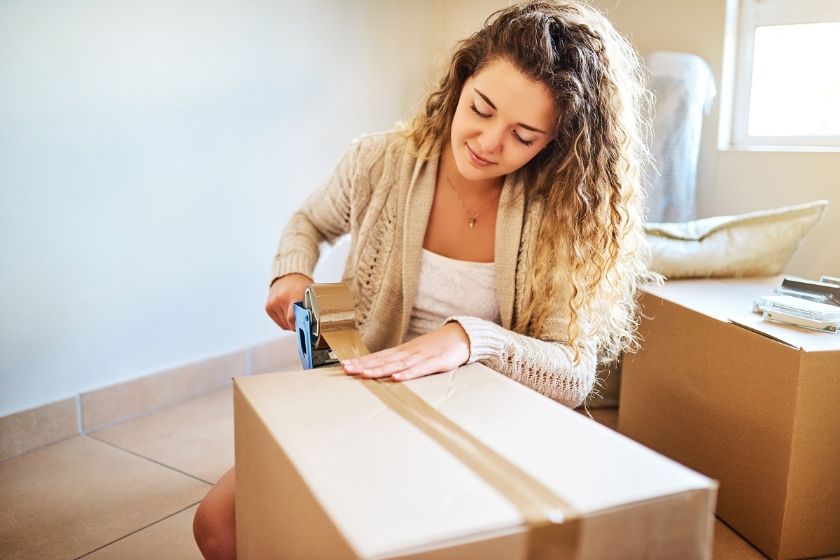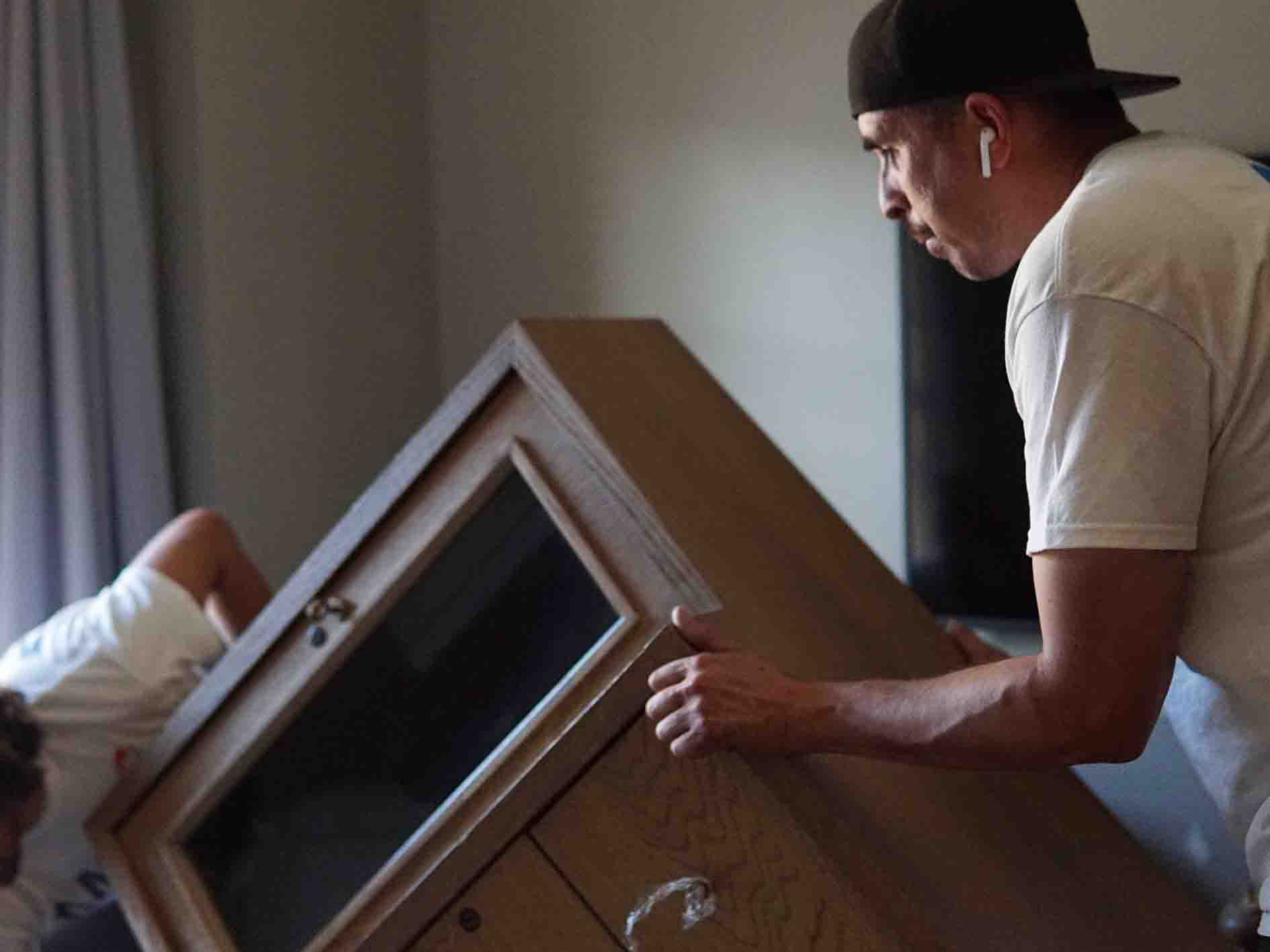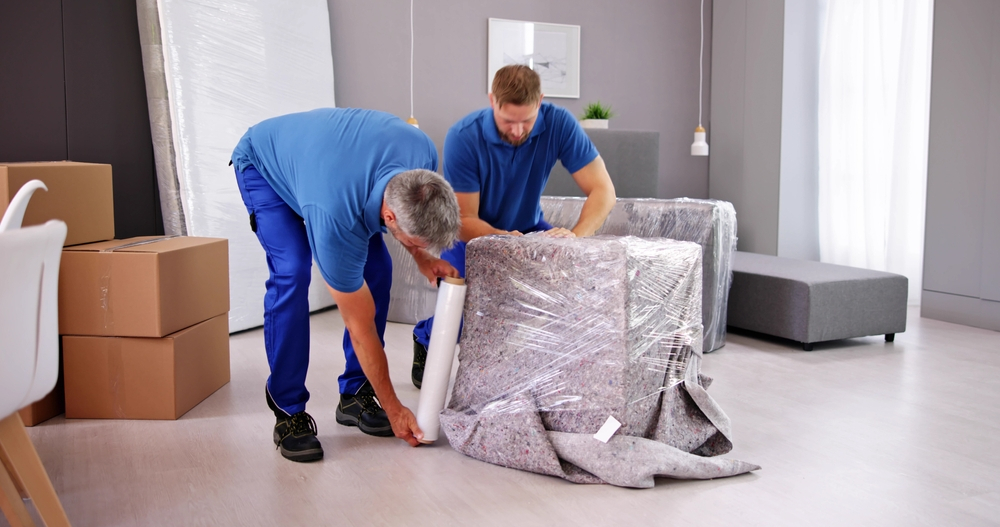HOW TO PACK PROPERLY – 7 PACKING TIPS
How to pack properly – 7 packing tips As you move your life from one house to the next, the last thing you want to see when you open the boxes is a mound of garbage. Whether it’s wedding favors and crystal glass, or your grandparents’ priceless antiques, certain items in our possession aren’t replaceable and can’t be replaced if they break during the transfer.
1. BEGIN PACKING AS SOON AS POSSIBLE.
Packing one’s things typically takes longer than one expects – and is often more difficult. Too frequently, the clock is ticking or they’ve had enough, and they put everything into a box, tape it all up, and call it a day. Wrapping at the last minute is far more likely to cause damage. Avoid needless damage by packing your things well in advance of the transfer – Los Angeles Moving Company advises preparing one room each day. You must begin with these resources.
2. PACK EACH PIECE SEPARATELY
It may seem self-evident, but delicate items should be packed separately to prevent damage. When porcelain and glass are packed together, they collide and eventually shatter. Even with delicate items that are made up of many pieces – such as teapots – you should wrap each element individually.
3. PAY ATTENTION TO PARTS WITH AN UNEVEN SHAPED SHAPED SHAPED SHAPED SHAPED SHAPED SHAPED
Keep in mind the form, size, and weight of the items to be packaged while packing. Even prominent components like handles and cannon noses are prone to breakage. As a result, fully wrap such items in bubble wrap, which you then tape with tape. Protect what’s left with the rolled-up paper if you want to be particularly cautious. The handles and nostrils should be wrapped with it.
4. SEVERAL LEVELS OF PACKAGING
When packing smaller items in boxes, layering is a smart idea. To begin, stuff crumpled paper into the box’s bottom. Then, well-pack the components that are heavier and less prone to fracture. After the first layer is finished, padding is used to fill up any gaps. Before the following layer of items, another layer of crumpled paper serves as a protective layer. Carry on in this manner until the carton is filled.
5. INVEST IN HIGH-QUALITY PACKAGING MATERIAL
It may seem tempting to save money by packing his delicate things with old towels, paper towels, blankets, and newspapers that he has laying around. However, the resultant damage may wind up costing you more in the long run. Newsprint ink may wipe off, and kitchen paper is much too thin to be used as wrapping paper. You would rather spend on professional packing materials such as bubble wrap, air cushion, wrapping paper, and polystyrene balls than be thrifty in the little and ultimately wasteful.
6. SELECT THE APPROPRIATE BOXES
Bigger isn’t necessarily better when it comes to shifting boxes. Choosing the incorrect box size has its own set of issues, and picking too large or too tiny boxes by accident is a frequent blunder that may cause harm to your otherwise spotless belongings. You should pick a box that fits your item like a glove if it is heavy, delicate, or big. There should be enough space left over for adequate cushioning. However, there isn’t enough movement in the moving box for the object to move about.
7. DON’T MAKE ANY ROOM
Paddings such as paper and polystyrene beads should be used to fill any gaps in the box. Smaller items of apparel, such as socks and underwear, are also appropriate. There should never be enough space in the carton for your goods, since any movement may cause the carton to explode and split. You may carefully conduct the Shake Test to check whether it has been packed correctly at the end. If you can still hear or feel movement within the box, it’s a good idea to reopen it before transporting it to add additional cushioning.
HOW TO PACK PROPERLY – 7 PACKING TIPS
REMEMBER TO MARK YOUR BOXES.
Avoiding damage is as easy as labeling the cartons. Mark which side is the top with an arrow once you’ve glued the boxes together. If this is the case, an indicator of the content’s brittleness may be useful. With markers, this is quite easy to do. You could also get some ‘Caution Fragile!’ tape to make sure your message isn’t missed. After all, your moving assistants are only people.
THE BEST PROFESSIONAL MOVERS – LOS ANGELES MOVING COMPANY
Finally, it all comes down to trusting the experts, since trust is the foundation of every successful partnership. Our shared aim is to take care of you and make your relocation stress-free, from chatting with your Moving Coordinator to arranging your move to meeting your expert moving crew. As a result, we anticipate every client to have a 5-star experience. 33% of our clients are referred by prior satisfied customers.
- Follow us on Instagram.
Related Articles




